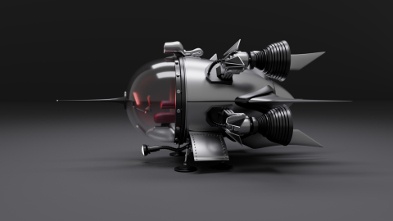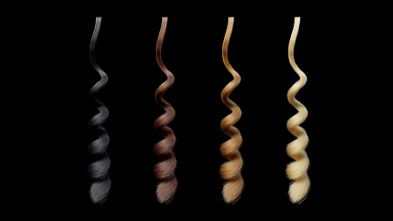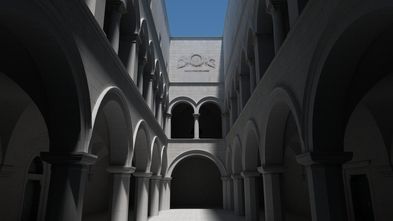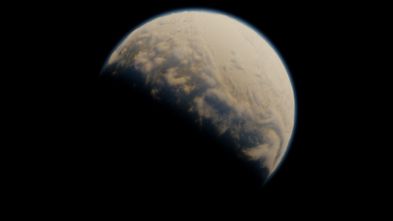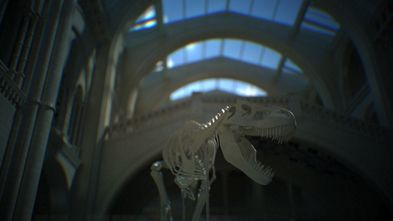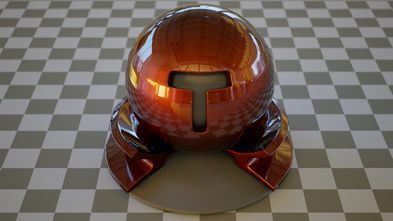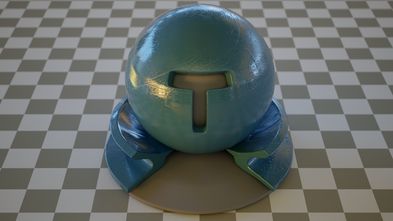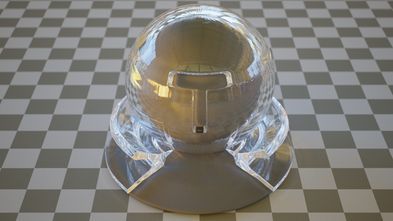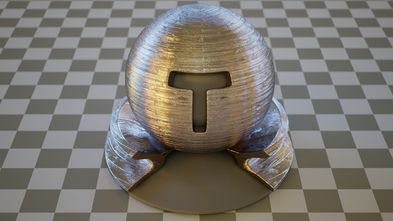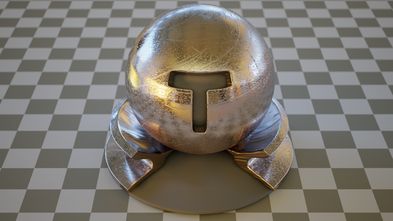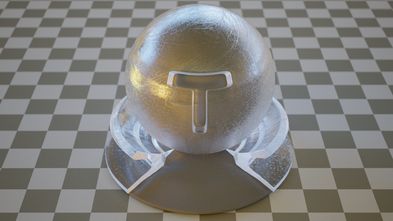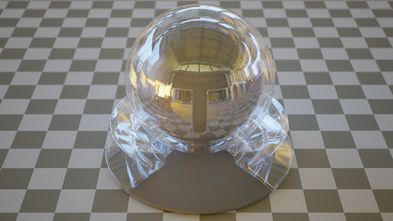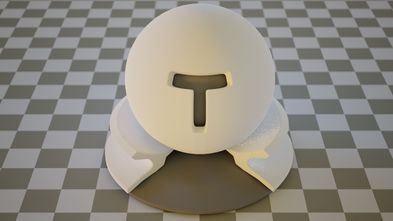
The Tungsten Renderer
Tungsten is a physically based renderer I originally wrote in early 2014 for the Image Synthesis Rendering Competition at ETH, where it won 1st place with the image pictured above. It is intended for offline rendering in graphics research and is still in development, at least whenever I find the time. It lives on Github.
Tungsten is written in C++11 and makes use of Intel's Embree ray tracing library for fast ray-primitive intersection tests. It was written with performance in mind and exploits multithreading and SIMD where possible. On top of low-level optimization, sophisticated integrators, multiple importance sampling and solid-angle-adaptive light selection reduce the overall runtime by battling noise, and adaptive sampling makes sure that effort is concentrated in the noisiest regions in the image. Nobody likes Phong shaded spheres anymore, which is why Tungsten supports many geometric shapes and material models to make scenes more interesting. Participating media are also supported, including an atmospheric medium that can render planets from space.
At its current state, Tungsten is more of academic interest than for actual use. Crucial features such as motion blur are missing, and the lack of documentation is making it difficult for anyone but myself to use the renderer. These are things that are being worked on, but progress tends to be slow due to a consistent lack of free time.
Feature list
Below is an incomplete list of the features implemented in the renderer. If you're really interested, there is also the detailed (boring, outdated) project report from summer 2014.
Supported integrators
- Bidirectional Path Tracing
- Primary Sample Space Metropolis Light Transport
- Progressive Photon Mapping
- Light Tracing
- Photon Mapping
- Path Tracing
Material models
- Hair
- Smooth coat (varnish on top of configurable material)
- Microfacet dielectric (GGX, Beckmann or Phong)
- Microfacet conductor (GGX, Beckmann or Phong)
- Diffuse Fibers
- Thin-sheet dielectric
- Rough Conductor Wires
- Oren-Nayar
- Plastic
- Smooth dielectric
- Smooth conductor
- Alpha mapped surfaces
- Bump mapped surfaces
- Mixed (blend between two materials)
- Lambert
- Phong
In many instances, material parameters can also be specified via texture.
Shapes
- Triangle meshes
- Bspline curves (ribbons, cylinders, half-cylinders, camera-facing flats)
- Spheres
- Quads
- Disks
- Infinite spheres (for environment maps)
- Infinite spherical caps (for sun-like emitters)
Camera model
- Depth of field
- Shaped Bokeh (configurable via texture)
- Cateye effect
- Chromatic aberration
- Tone mapping (Filmic, Reinhard, Gamma)
Input formats
- Curves: HAIR, FIBER
- Meshes: OBJ, WO3
- Textures: HDR, JPG, PNG, TGA, BMP, GIF
Gallery
Model Credits
- Pontiac GTO 67: thecali
- The Grey & White Room: Wig42
- Victorian Style House: MrChimp2313
- The White Room: Jay-Artist
- 4060.B Spaceship: thecali
- The Breakfast Room: Wig42





